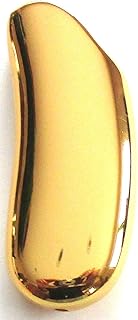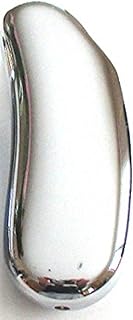Unveiling the Secrets of BIC Lighter Design: A Look at Their Construction
BIC lighters, ubiquitous and seemingly simple, are marvels of engineering designed for reliability and affordability. Here's a closer look at their construction, exploring the secrets behind their enduring popularity:
1. The Body:
* Material: The familiar bright plastic is actually polypropylene, chosen for its durability, heat resistance, and chemical compatibility.
* Design: The iconic design, featuring a smooth, rounded body and a finger grip, is both aesthetically pleasing and practical. The rounded shape facilitates a secure grip, while the ridges provide extra traction.
* Mechanism: A spring-loaded sliding mechanism controls the flame. The spring, housed within the body, pushes a small pin that ignites the fuel. This design eliminates the need for a separate button, contributing to the lighter's simplicity.
2. The Fuel System:
* Butane: The fuel used in BIC lighters is butane, a highly flammable hydrocarbon gas that provides a reliable flame.
* Fuel Tank: The butane is stored in a pressurized metal tank within the lighter. The tank is designed to withstand high pressure and prevent leaks.
* Filler Valve: A filler valve allows for refilling the lighter with butane. It's a crucial component that ensures efficient and safe refuelling.
3. The Ignition System:
* Flint: A small piece of ferrocerium, a highly reactive alloy, sits within the lighter. This flint produces sparks when scraped against the lighter's striker.
* Striker: The striker is a small metal plate with a rough surface. It creates sparks by scraping against the flint when the lighter's mechanism is activated.
* Spark Generation: The spark from the striker ignites the butane vapor, producing a flame.
4. The Flame:
* Adjustable Flame: BIC lighters often feature an adjustable flame control. This allows the user to fine-tune the flame's size and intensity based on their needs.
* Flame Size: The flame is typically small and focused, ideal for lighting cigarettes, candles, and other small items.
5. Additional Features:
* Safety Features: BIC lighters incorporate safety features like a child-resistant mechanism, which requires a deliberate action to activate the flame.
* Durability: BIC lighters are designed for durability and longevity, able to withstand wear and tear in everyday use.
Conclusion:
The BIC lighter's design is a testament to clever engineering. Its simplicity, reliability, and affordability have made it a global icon. By understanding the construction of this ubiquitous device, we appreciate the intricate interplay of materials, mechanics, and chemical principles that allow it to function effectively and safely.


